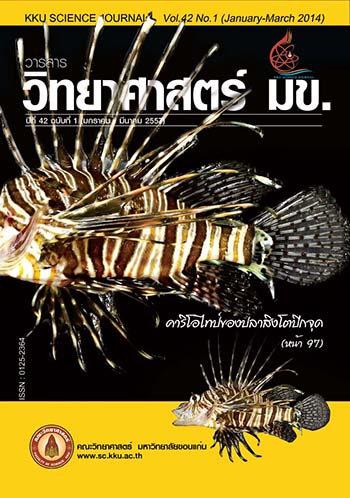Moisture Sorption Isotherms of Osmosed-Air Dried Fruits
Main Article Content
Abstract
Moisture sorption isotherm (MSI), a plot between water activity (aw) and equilibrium moisture content of a food at constant temperature, is an important tool to obtain the suitable storage condition for certain food. The shape of MSI is a result of food composition and food structure. Due to high amount of sugar containing in osmosed-air dried fruits, MSI of these products usually present a J-shape. At high relative humidity, the change of crystalline to amorphous form of sucrose leads to a sudden increase in moisture content at high aw. MSI of these products is influenced by various factors in the process of osmosed-air dried fruit. At the
same storage condition with high moisture, an increased stage of fruit ripeness resulted in products with lower in aw. This leads to lowering the chance of product deterioration. Partially replacing sucrose with invert sugar lowers the product deterioration. Moreover, methods of drying also affect the MSI shape. Commonly used equation for fitting MSI of osmosed-air dried fruit is Guggenheim-Anderson-de Boer (GAB). The monolayer moisture content (Mo) and the constant “C” depicts the amount of water that strongly bound to other components in product and the shape of moisture sorption isotherm either in sigmoid-shape or J-shape, respectively.
Article Details

This work is licensed under a Creative Commons Attribution-NonCommercial-NoDerivatives 4.0 International License.


